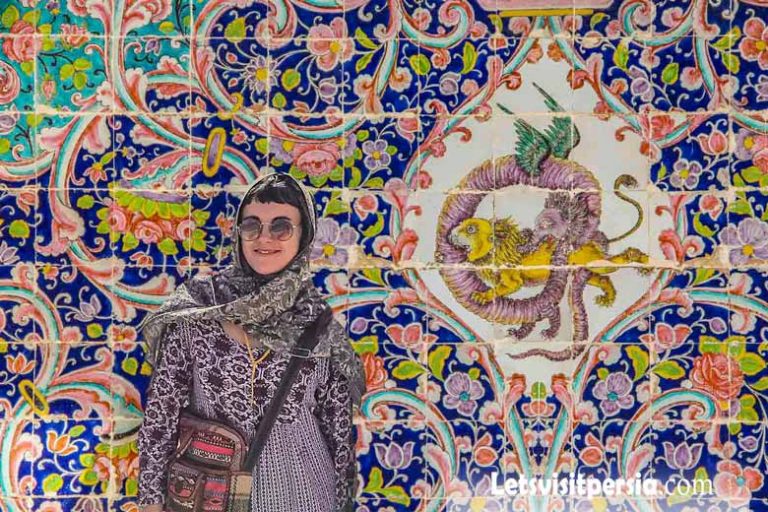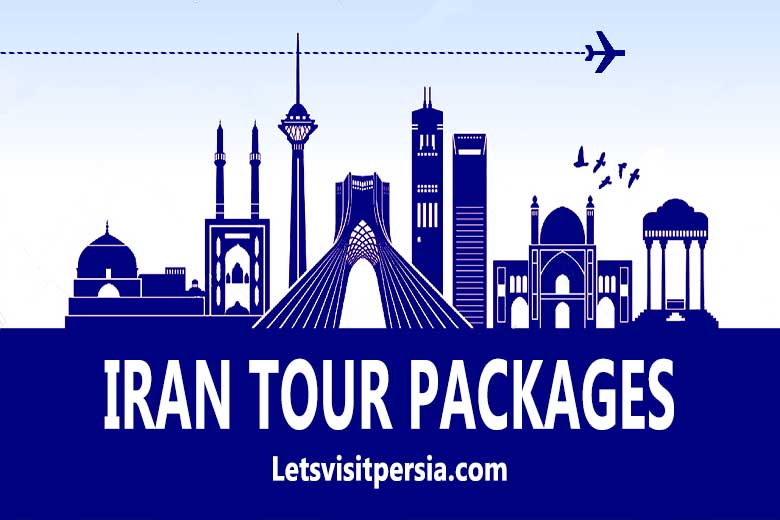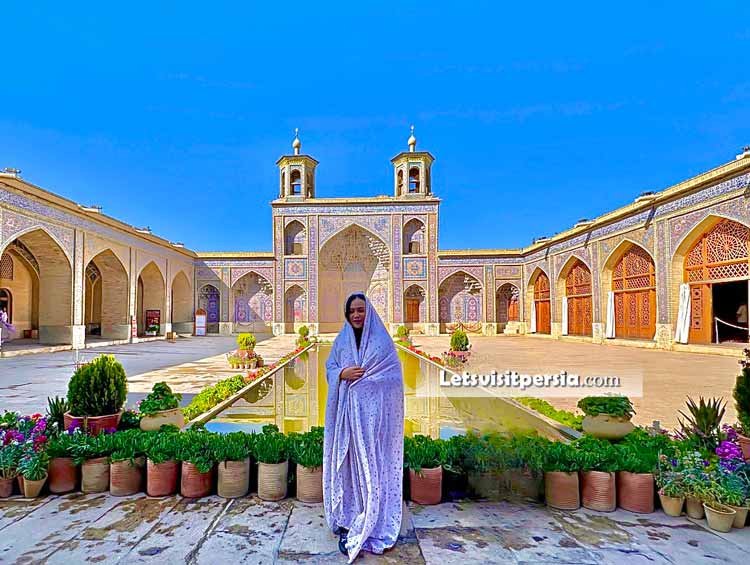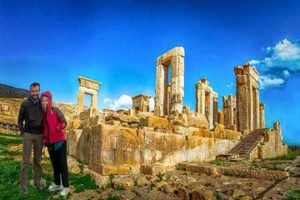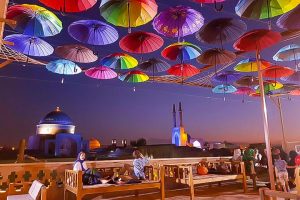Make-up
Women in Iran often wear makeup, especially in cities, and it’s completely normal for visitors to do the same, so having makeup in Iran is totally acceptable.
Hijab and Chador
In some mosques and religious sites, women are required to wear a chador (a full-length covering).
Don’t worry, you do not need to bring one with you; they are provided at the entrance of such sites.
The black chador is most commonly worn by locals during religious ceremonies or times of mourning.
However, you’ll also see a smaller number of women who choose to wear it daily as part of their personal and deeply held religious lifestyle.
